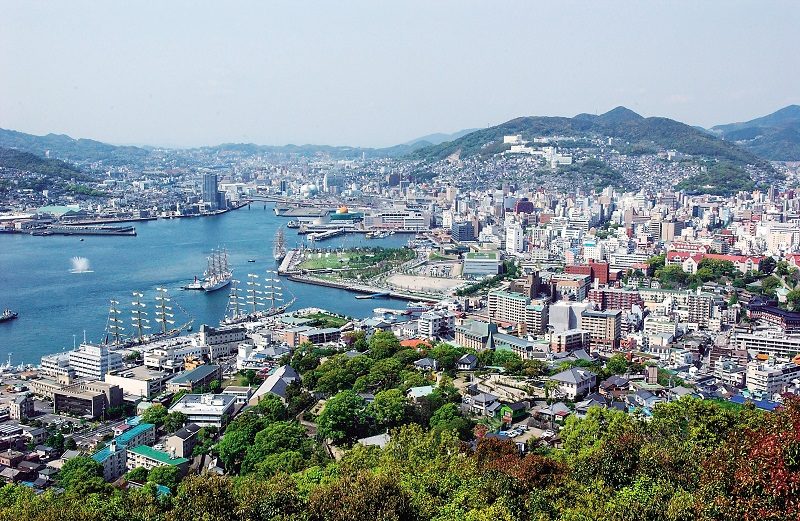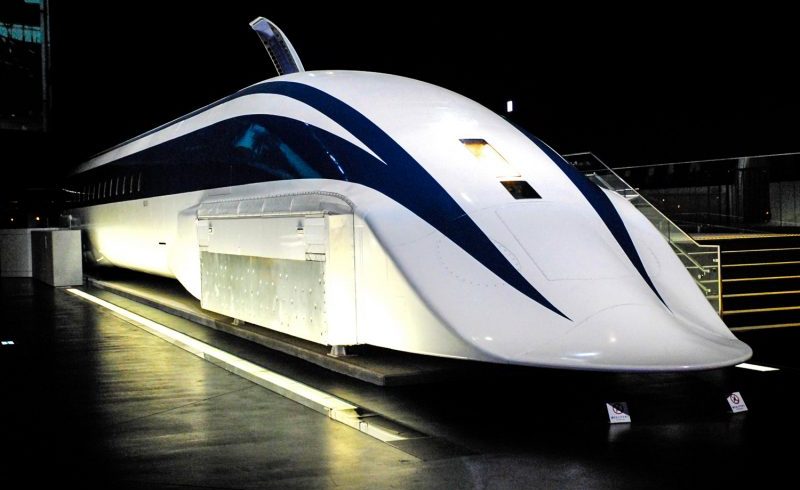The Japanese Shinkansen train network keeps extending its reach every decade. This one makes no exception. Currently, Japan is expanding the Shinkansen lines and installing a number of newly built and technologically advanced trains. Some of these are even going to set new world records for the fastest train speed developed on a commercial train. What will such innovations imply for the Japanese commuters and society? Find out more in the following article.
Japan has been well known for its extensive system of shinkansen, high-speed bullet trains, since the rail lines opened to commuter traffic in 1964. These super-fast trains travel at a maximum speed of 130 kilometers per hour (80 miles per hour), efficiently covering long distances. The Shinkansen lines are among the oldest and most used fast rail lines on earth.
The scope of the Shinkansen lines has increased dramatically since their inception. When the first line, the Tokaido Shinkansen, opened over fifty years ago, it covered just over 515 kilometers (320 miles) of terrain between Tokyo and Shin-Osaka. Today, there are over 2,899 kilometers (1,801 miles) of Shinkansen and mini-Shinkansen lines sprawling across Japan, providing access to all but the northernmost island.
Japan, however, is in the process of expanding its Shinkansen network and installing a number of new, technologically advanced trains, some of which will exceed the current Shinkansen speed record. What will these innovations mean for Japanese travel? The following are some of the train lines that will open in the coming years.
Table of Contents
The West Kyushu Shinkansen to Nagasaki
The Kyushu Shinkansen is a branch line that will run from Shin-Tosu to Nagasaki. Construction began on this line in 2008, and it is expected to open in 2023. This branch line will connect to and expand the services in this island – the currently operational Kyushu Shinkansen travels between Fukuoka City and Kumamoto.

Hokkaido Shinkansen to Sapporo
The first portion of the Hokkaido Shinkansen line opened in 2016. It runs from Shin-Aomori Station to Shin-Hakodate-Hokuto.
The planned extension of the line to Sapporo, the largest city in northern Japan, is expected to open in the year 2030.
Hokuriku “Chukyo” Shinkansen to Tsuruga
Since 2015, the Hokuriku Shinkansen line has serviced the area between Kanazawa and Toyama. An extension that will open in 2023 expands the route down the coastline to Tsuruga. An exciting part of this project is that further route extensions are still in the planning process. The line may eventually continue to Osaka (Shin-Osaka Station).
Chuo Shinkansen: Maglev from Tokyo to Nagoya and Osaka
The Chuo Shinkansen line will run from Tokyo to Nagoya to Osaka. Construction began on this line in 2014. The portion of the line from Tokyo to Nagoya is planned to open in 2027, and the extension to Osaka in 2045.
What makes the Chuo Shinkansen line really special is that it will support a Maglev train – a train that literally floats above the rails thanks to magnetic repulsion. Taking the Maglev train is expected to be faster than air travel – the Maglev will operate at speeds nearly twice as fast as current bullet trains. The trip from Tokyo to Nagoya is expected to take only forty minutes, and the train will make the trip from Tokyo to Osaka less than an hour.

Train lines under consideration
The projects mentioned above represent a huge undertaking. However, there are a number of additional new lines and extensions under consideration. These too may become a reality in the future, as the lines currently under construction near completion. Some of these possible future lines include Narita to Tokyo, Nagoya to Tsuruga, Osaka to Oita, and Sapporo to Asahikawa and Oshamanbe.
As a Japan Rail Pass holder, you currently have access to all of the JR Shinkansen trains. As additional Shinkansen lines become available, your Japan Rail Pass will cover these as well.
What future trains mean to you
What does this mean for you as a traveler? Whether visiting or as a resident, the Shinkansen lines provide reliable, safe, and efficient travel throughout Japan. Additional lines mean improved service, a wider coverage area, and reduced travel times due to line transfers. In short, your adventures in Japan will be better than ever when you take advantage of these exciting new services.
For example, Nagasaki is not currently serviced directly by Shinkansen trains. In order to reach Nagasaki using your Japan Rail Pass, you must transfer to the JR Kamome limited express at Hakata Station.
This will change when the West Kyushu Shinkansen opens. Another example is the travel time between Tokyo and Nagoya. Current routes take between one and three hours. However, the Maglev train will reduce this time to just forty minutes, allowing you spend more time enjoying your vacation and less time riding the train.
New technologies are constantly being tested to apply to the Shinkansen network and to improve the safety and comfort of passengers day by day, as for example in the new Alfa X Shinkansen, experimental trains with which technologies and innovations are tested thereto.
